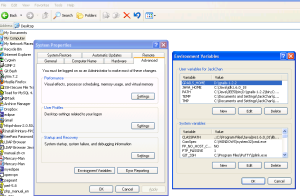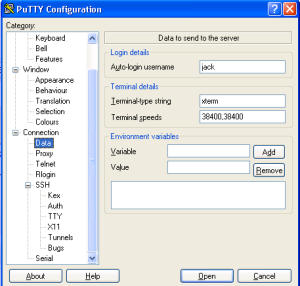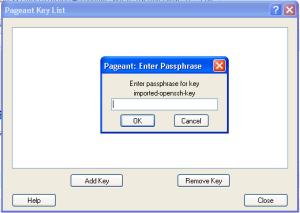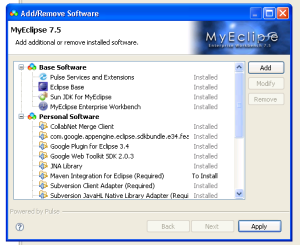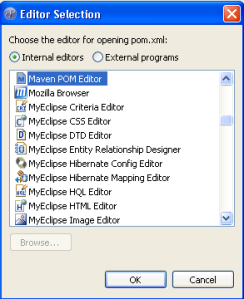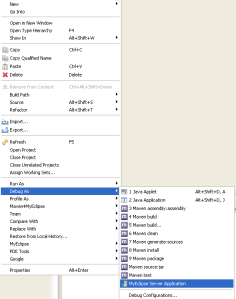It always faces similiar business requirment when developing web application using load balance server, e.g upload image to one server and need to synchronize images to another server.
One solution is building a shell script and put it into crontab , every five or ten minutes run the script.
In the script , use rsync or scp linux command.
Such as :
myaccount@myserver1.com~>rsync ./ -avz myaccount@myserver2.com:/home/myaccount/html/ -e ssh –safe-links
Of course, it should configue public/private key in myserver1.com.
1) produce public/private key pair
myaccount@myserver1.com~>ssh-keygen -b 2048 -t rsa
Generating public/private rsa key pair.
Enter file in which to save the key (/home/myaccount/.ssh/id_rsa):
Enter passphrase (empty for no passphrase):
Enter same passphrase again:
Your identification has been saved in /home/myaccount/.ssh/id_rsa.
Your public key has been saved in /home/myaccount/.ssh/id_rsa.pub.
The key fingerprint is:
74:78:91:ca:c7:20:14:08:9b:68:cf:15:32:18:7d:21 myaccount@myserver1.com
Notice: don’t input passphrase, because it is the password for private key.
2)copy the public key file to remote server
myaccount@myserver1.com~>scp .ssh/id_rsa.pub myaccount@myserver2.com:/home/myaccount
3)add the content of public key file into authorized_keys in remote server
myaccount@myserver2.com:~> mv id_rsa.pub .ssh/authorized_keys
or
myaccount@myserver2.com:~>cat id_rsa.pub >> .ssh/authorized_keys
4)copy data from local server to remote server now
myaccount@myserver1.com:~>rsync ./ -avz myaccount@myserver2.com:/home/myaccount/html/ -e ssh –safe-links building file list … done
./
test.txt
sent 182 bytes received 48 bytes 460.00 bytes/sec
total size is 60 speedup is 0.26
